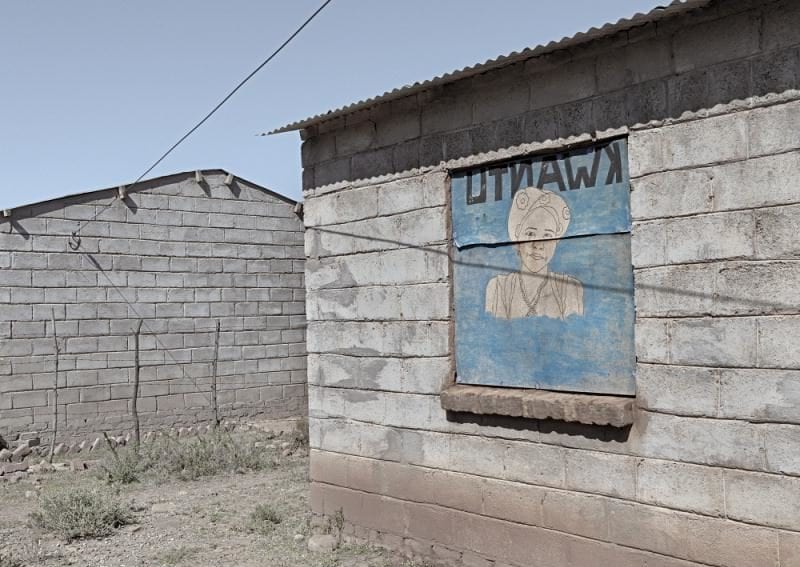By: Maxwell Awumah
Send to a friend
The details you provide on this page will not be used to send unsolicited email, and will not be sold to a 3rd party. See privacy policy.
[ACCRA] Improved housing with features such as closed eaves could lower malaria cases by half in some settings, according to a study.
Researchers from the United Kingdom and the United States say that although housing improvement is key to public health, it has not been adequately assessed in malaria control efforts.
Therefore, the researchers conducted a systematic review and qualitative meta-analysis to assess six electronic databases to identify studies that were published from 1 January 1900 to 13 December 2013 which measured the association between house design and malaria incidence and risks.
“Recent studies indicate that well-engineered, modern housing can be protective in many tropical countries where up to 80 to 100 per cent malaria transmission occurs indoors at night.”
Steve Lindsay, Durham University
According to the study, which was published in the Malaria Journal last month (9 June), the researchers identified 90 studies conducted in Africa, Asia and South America that compared the relationship between malaria cases in traditionally-built houses such as mud, stone, bamboo, or wood walls and modern houses, including those with closed eaves, ceilings and screened doors and windows.
“Residents of modern houses had 47 per cent lower odds of malaria infection compared to traditional houses …and a 45-65 per cent lower odds of clinical malaria,” the researchers wrote in the journal. “Despite low quality evidence, the direction and consistency of effects indicate that housing is an important risk factor for malaria.”
Co-author Steve Lindsay from UK-based Durham University, says: “Recent studies indicate that well-engineered, modern housing can be protective in many tropical countries where up to 80 to 100 percent malaria transmission occurs indoors at night”.
He adds: “The study recommends re-engineered modern housing can be crucial tool for tackling malaria. What we need is to identify which features must be incorporated into reducing mosquito entry in different settings and assess the impact in large-scale field trials to establish the best way to modify traditional homes and the impact on malaria.”
Sam Sarkodie, a public health consultant based in Ghana, says modern homes could be a complement control or reduction of malaria cases besides the use of long-lasting insecticide-treated bednets and indoor residual spraying, which have been found to be highly effective interventions.
“Investment in such research and in housing programmes should be considered a natural component of malaria control effects and a close complement to integrated vector management and water, sanitation and hygiene as a long-term, sustainable development,” Sarkodie explains.
Emmanuel Lotsu, an architect based in Ghana, says modern engineered housing may serve as barriers to mosquito entry and prevent malaria transmission.
Kafui Dikro, a mother of three, including a seven-month baby, who resides in a contemporary mosquito-screened housing in Accra, Ghana, tells SciDev.Net that she has not had any malaria cases, attributing the gains to architectural engineering of their modern house.
This article has been produced by SciDev.Net's Sub-Saharan Africa desk.
References
Lucy S.Tusting and others The evidence for improving housing to reduce malaria: a systematic review and meta-analysis (Malaria Journal, 9 June 2015)














